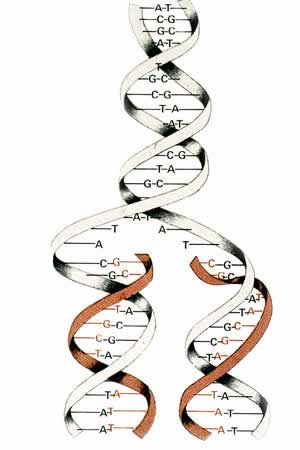 The researchers constructed a bacterium's "genetic software" and transplanted it into a host cell. The researchers constructed a bacterium's "genetic software" and transplanted it into a host cell.
The resulting microbe then looked and behaved like the species "dictated" by the synthetic DNA.
The advance, published in Science, has been hailed as a scientific landmark, but critics say there are dangers posed by synthetic organisms.
The researchers hope eventually to design bacterial cells that will produce medicines and fuels and even absorb greenhouse gases.
The team was led by Dr Craig Venter of the J Craig Venter Institute (JCVI) in Maryland and California.
He and his colleagues had previously made a synthetic bacterial genome, and transplanted the genome of one bacterium into another.
Now, the scientists have put both methods together, to create what they call a "synthetic cell", although only its genome is truly synthetic.
Dr Venter likened the advance to making new software for the cell.
The researchers copied an existing bacterial genome. They sequenced its genetic code and then used "synthesis machines" to chemically construct a copy.
Dr Venter told BBC News: "We've now been able to take our synthetic chromosome and transplant it into a recipient cell - a different organism.
"As soon as this new software goes into the cell, the cell reads [it] and converts into the species specified in that genetic code."
The new bacteria replicated over a billion times, producing copies that contained and were controlled by the constructed, synthetic DNA.
"This is the first time any synthetic DNA has been in complete control of a cell," said Dr Venter.
'New industrial revolution'
Dr Venter and his colleagues hope eventually to design and build new bacteria that will perform useful functions.
| 